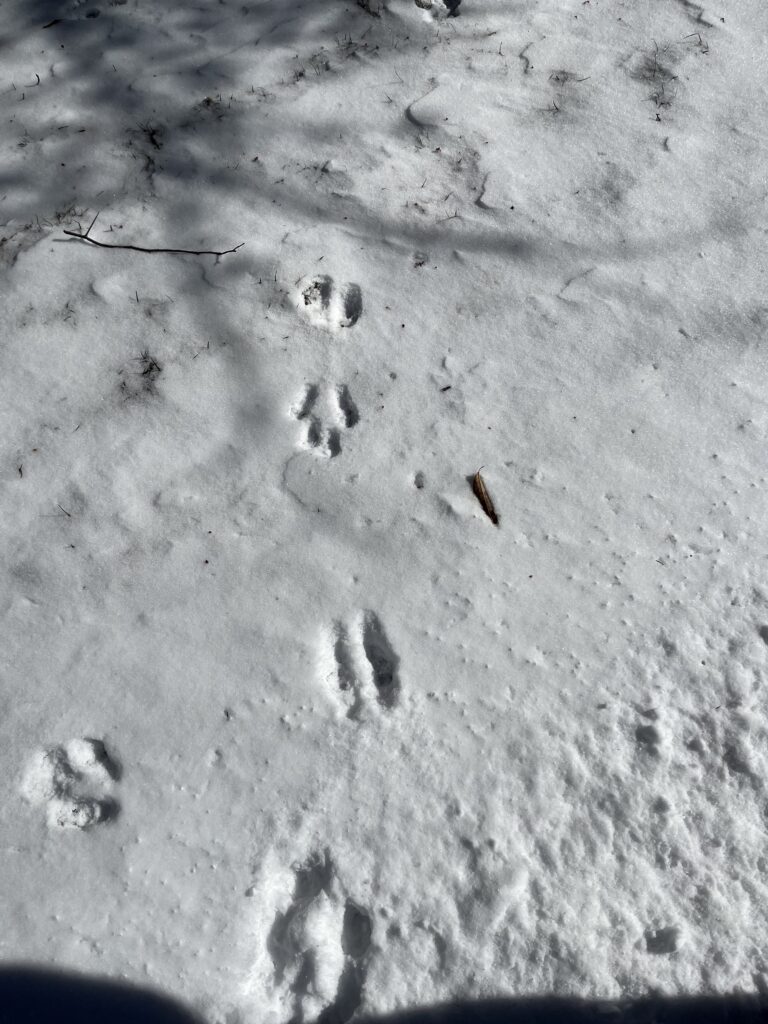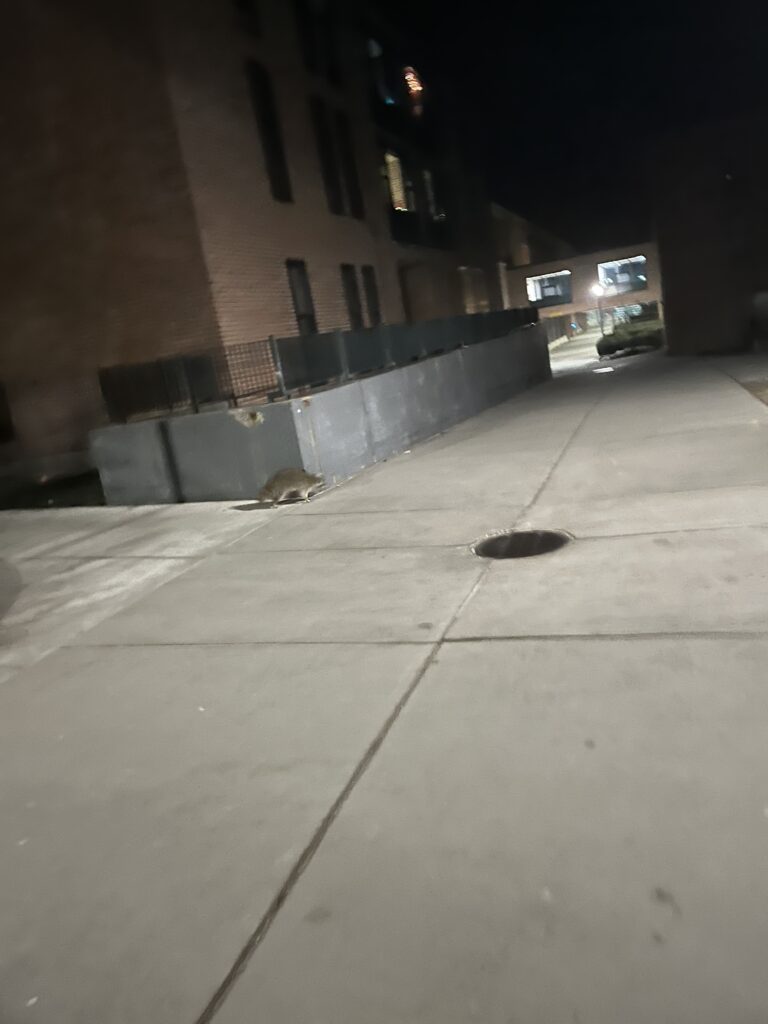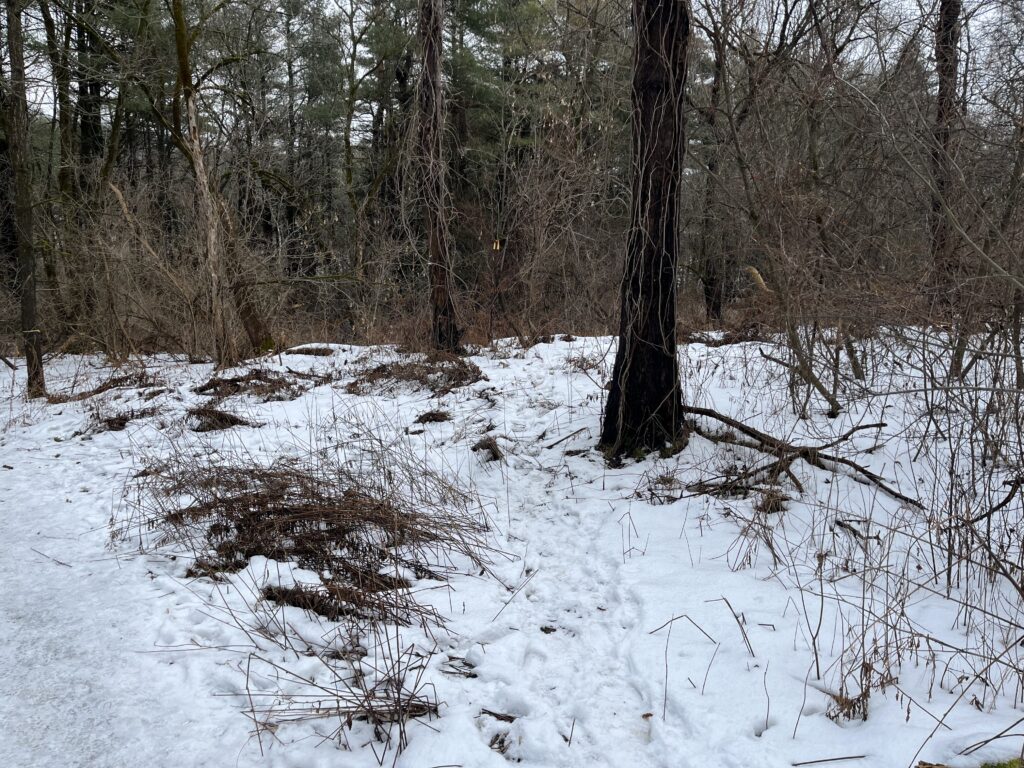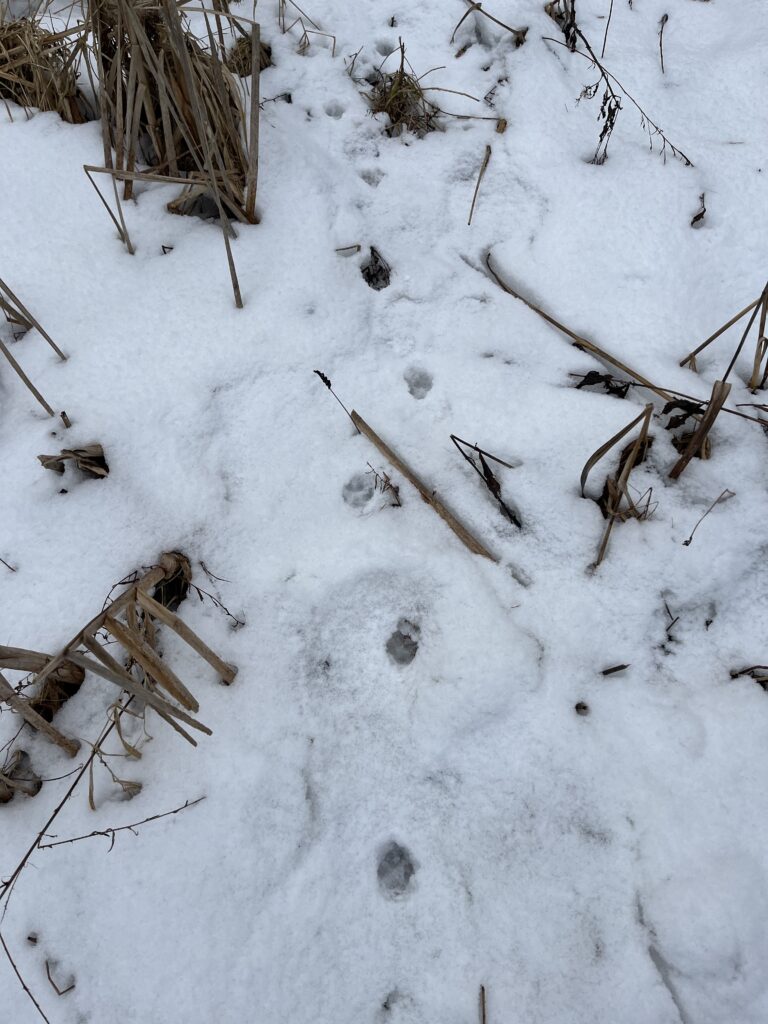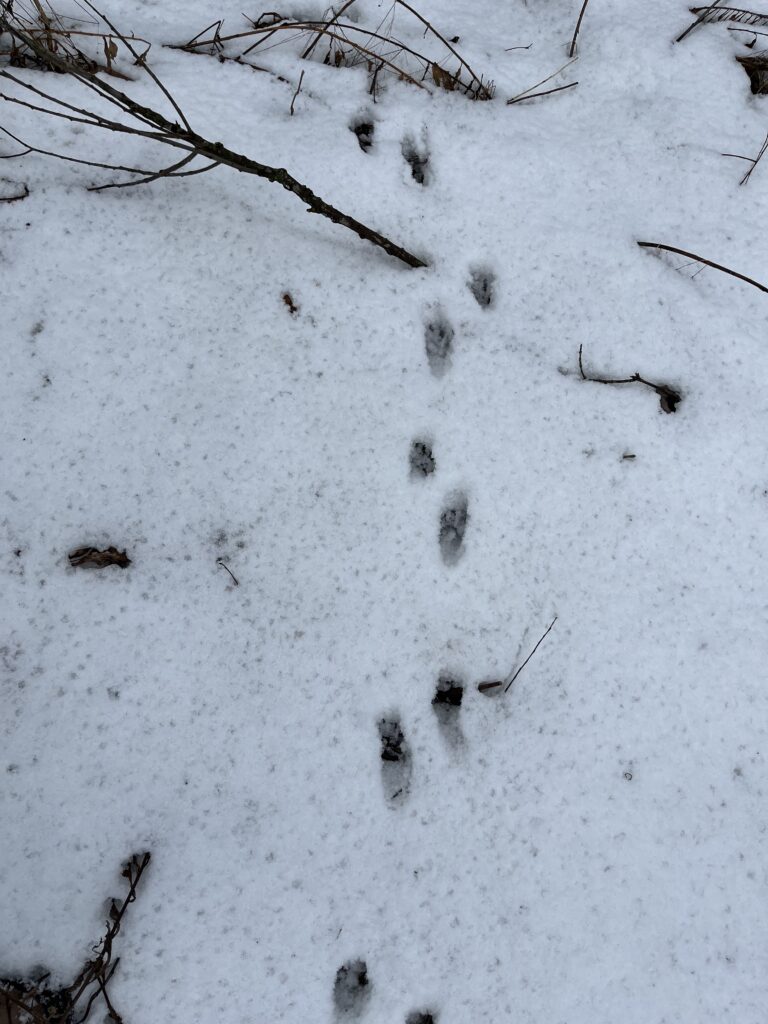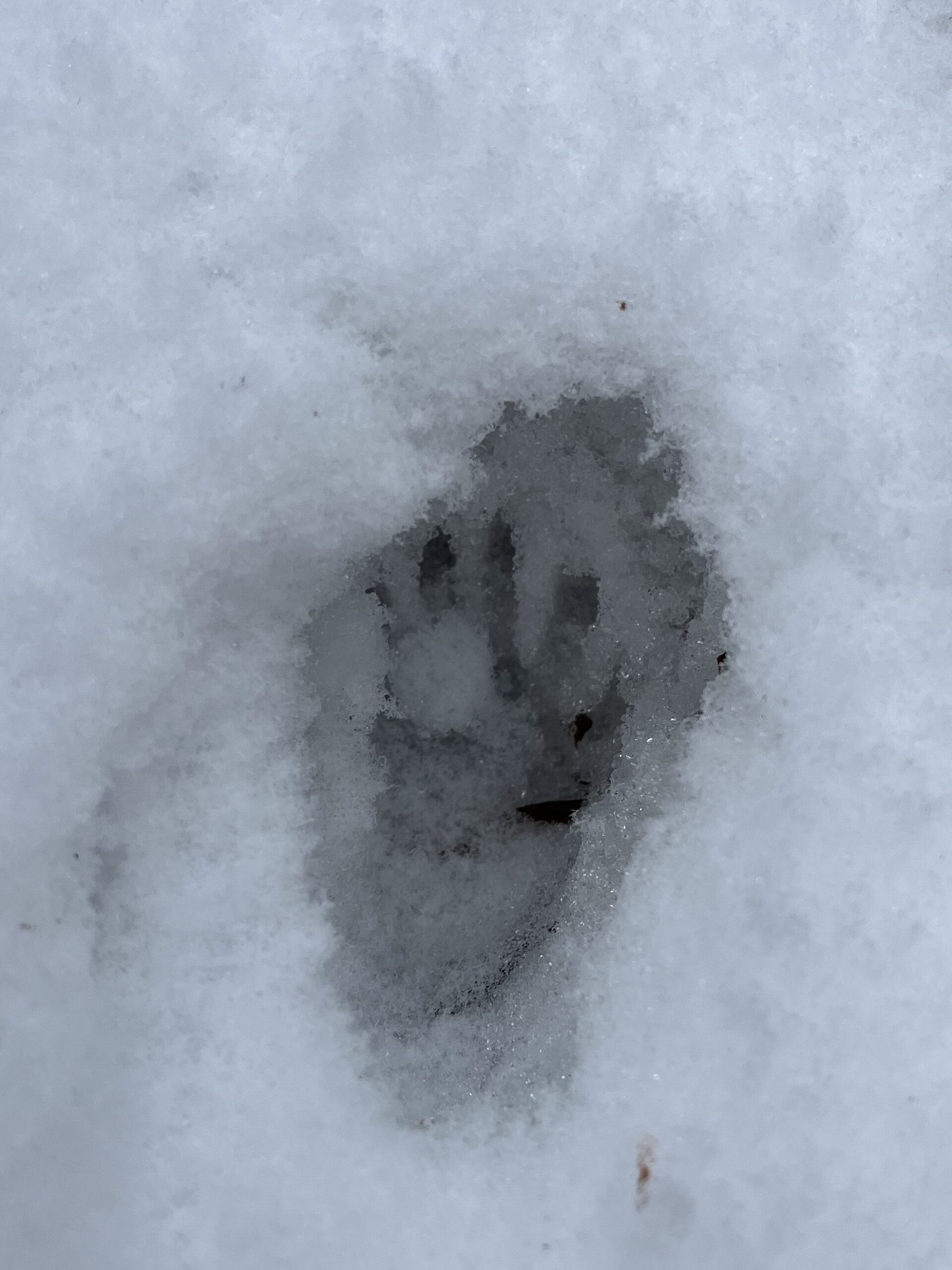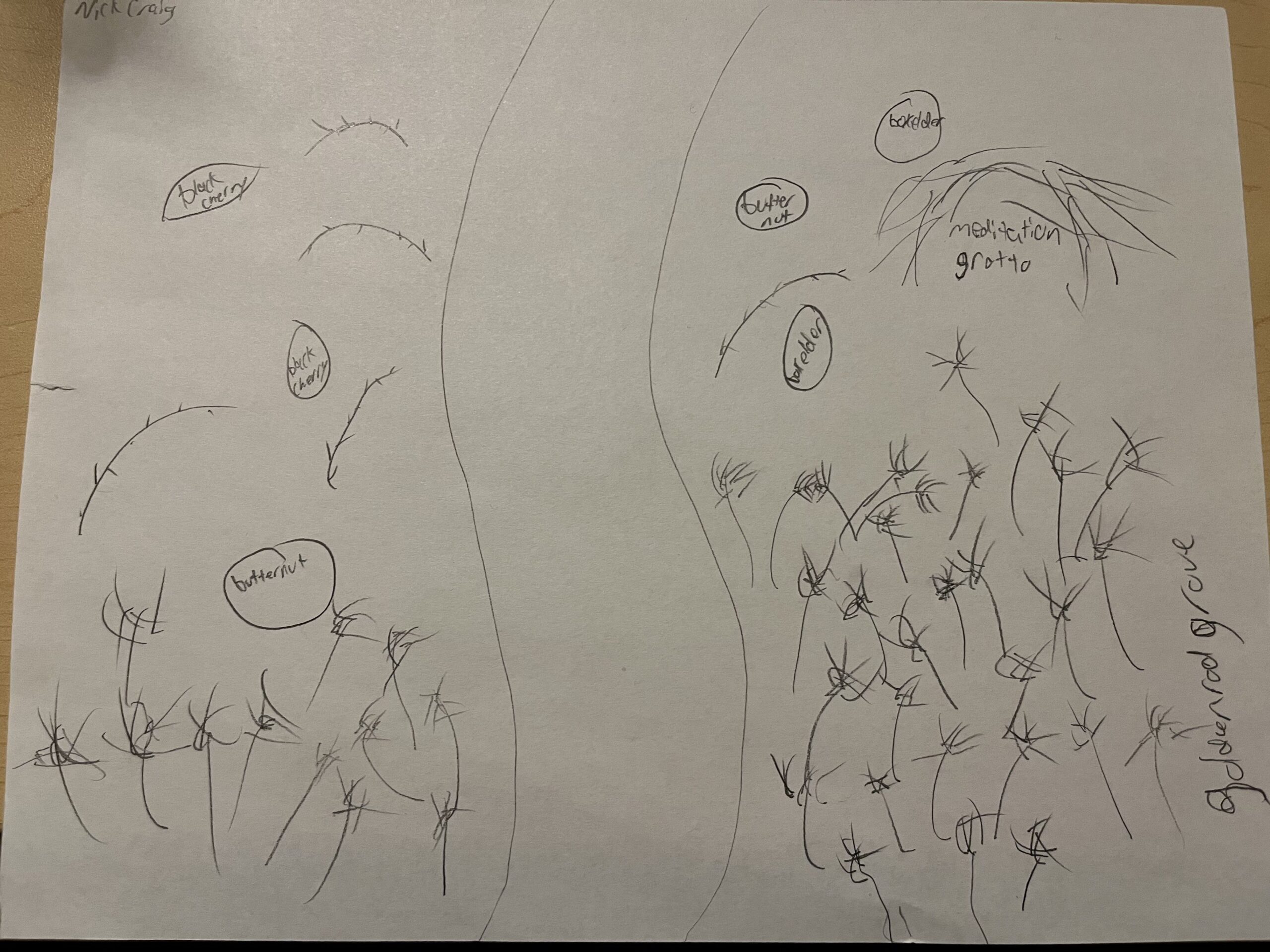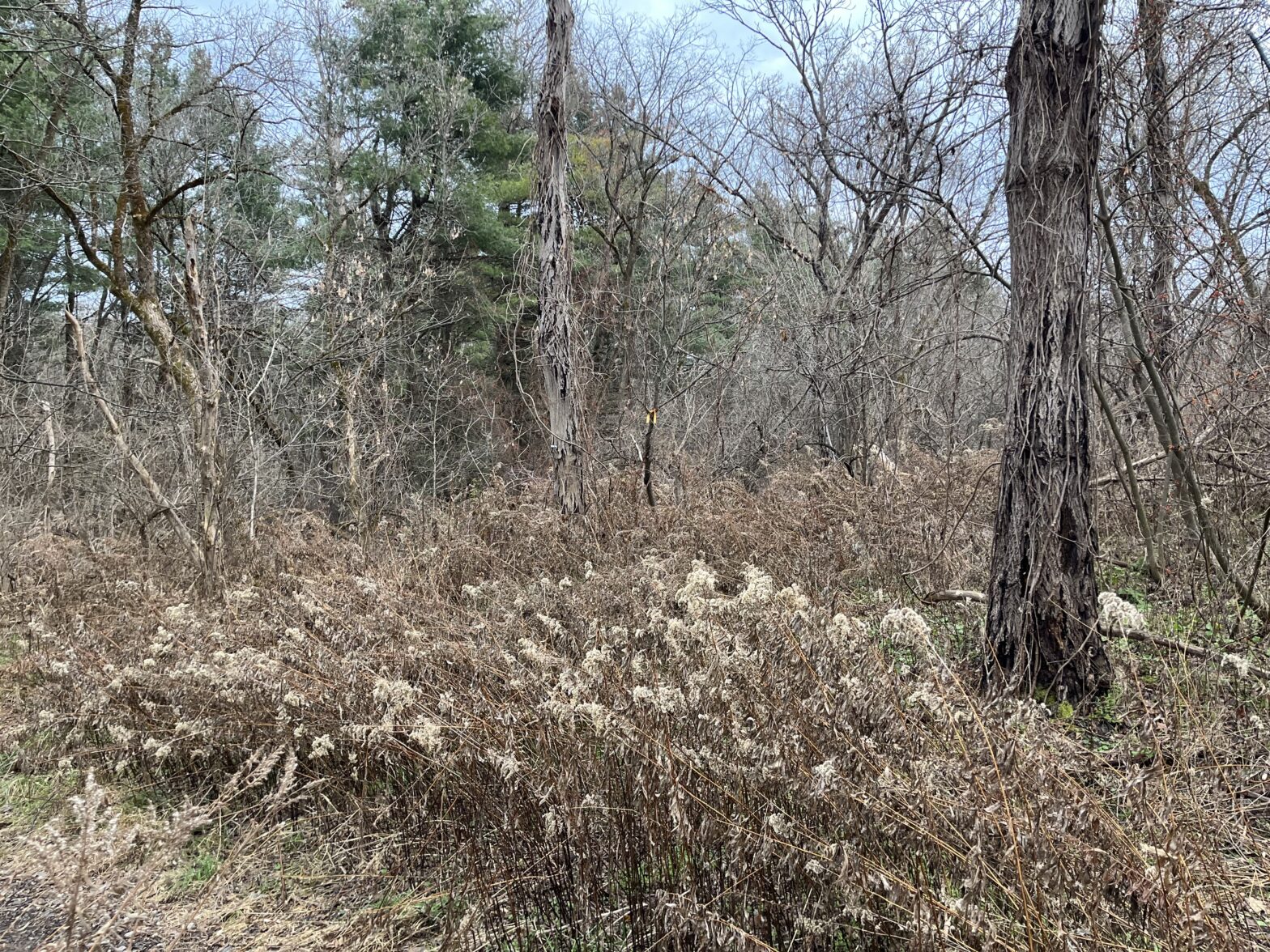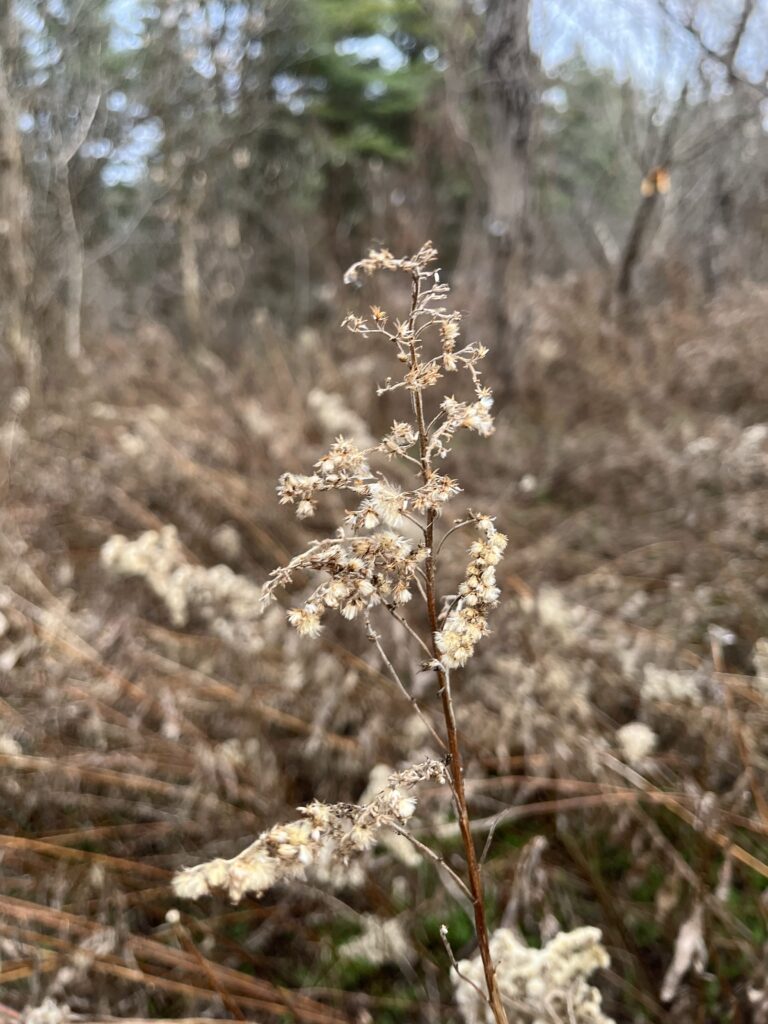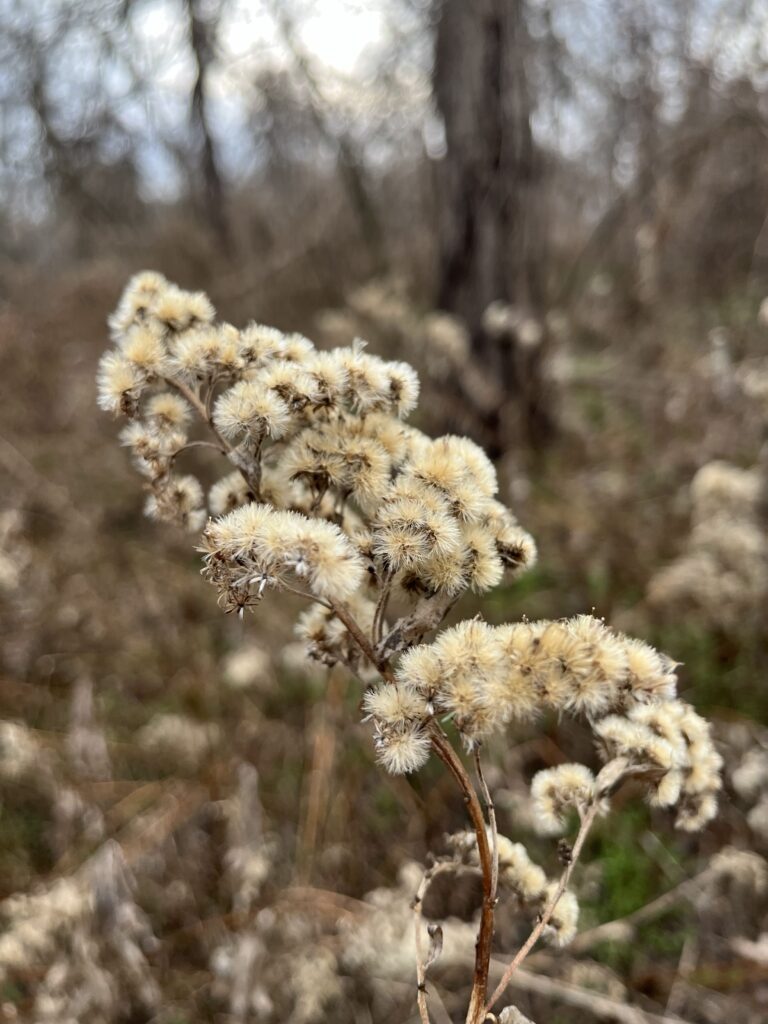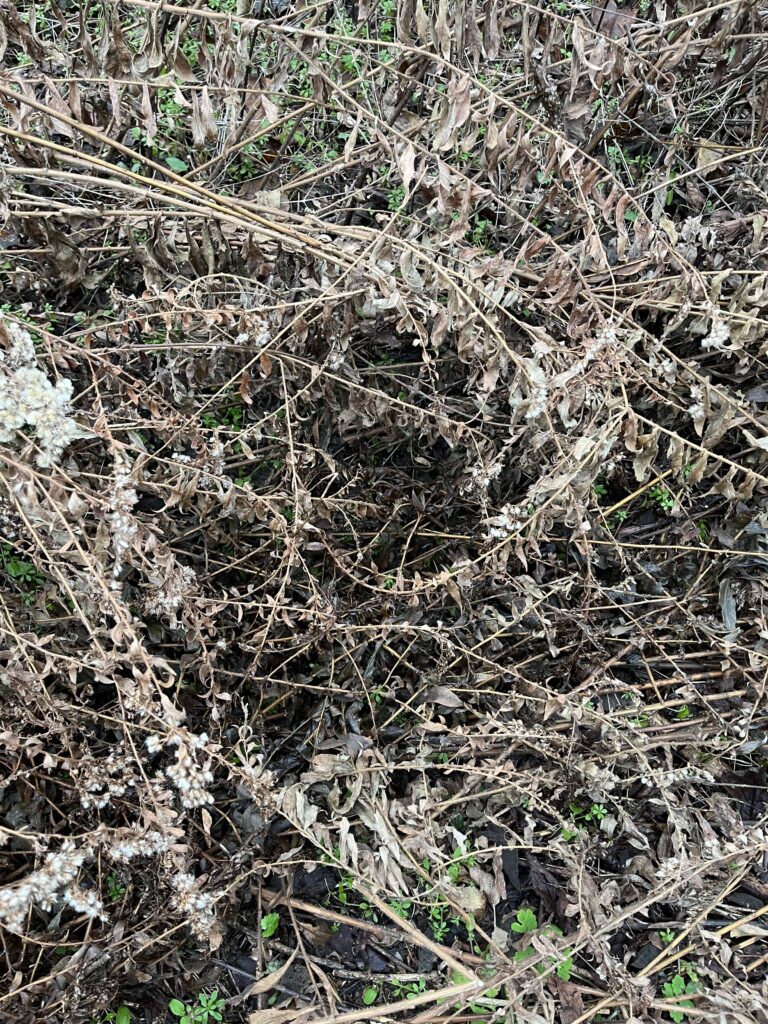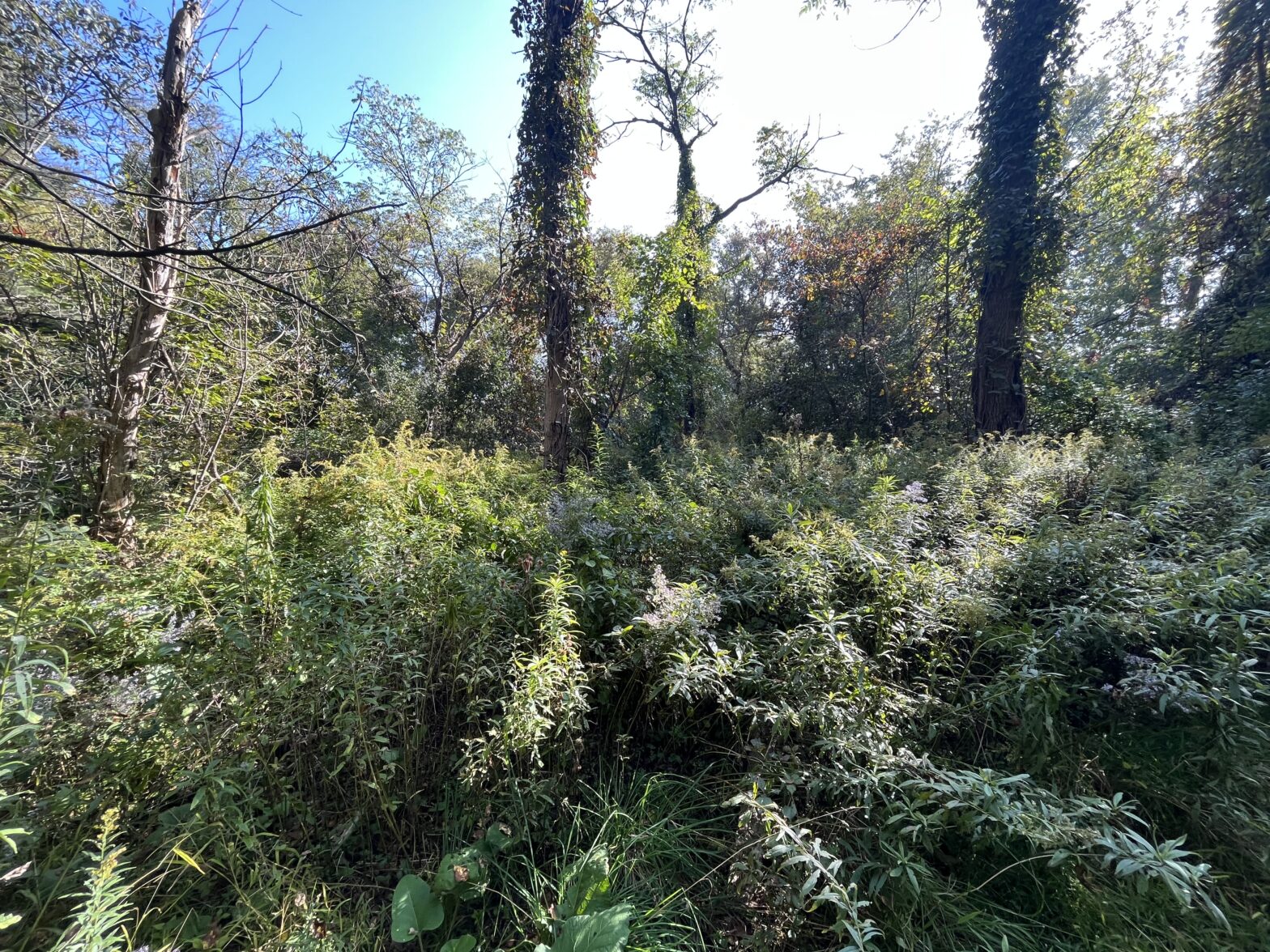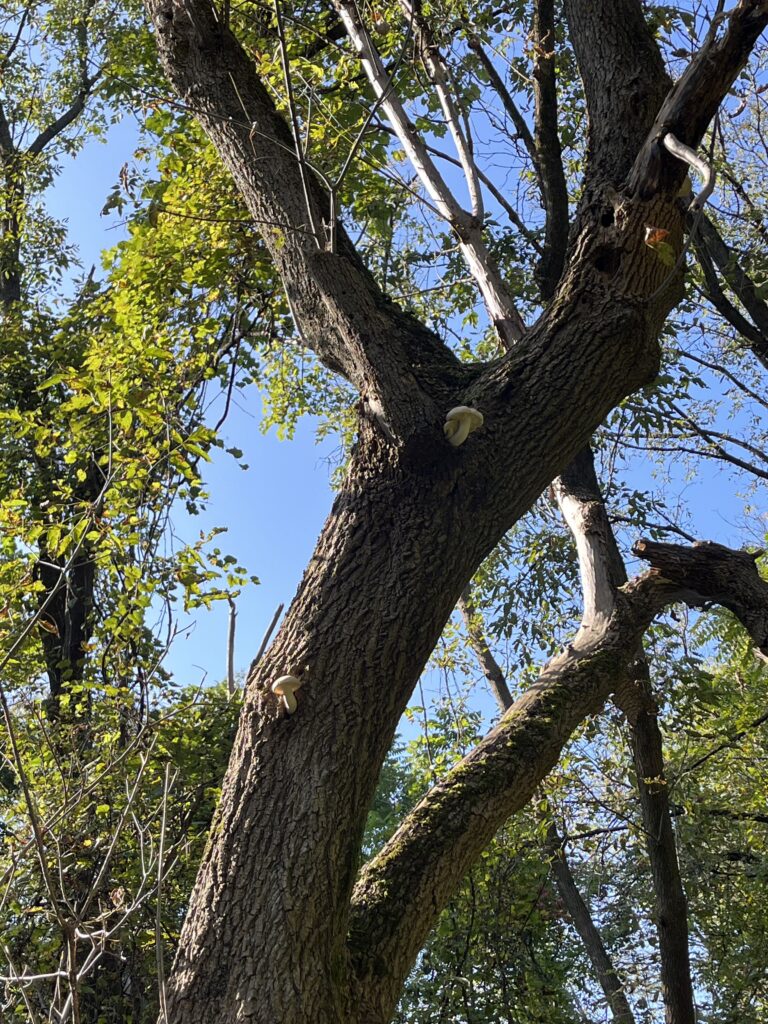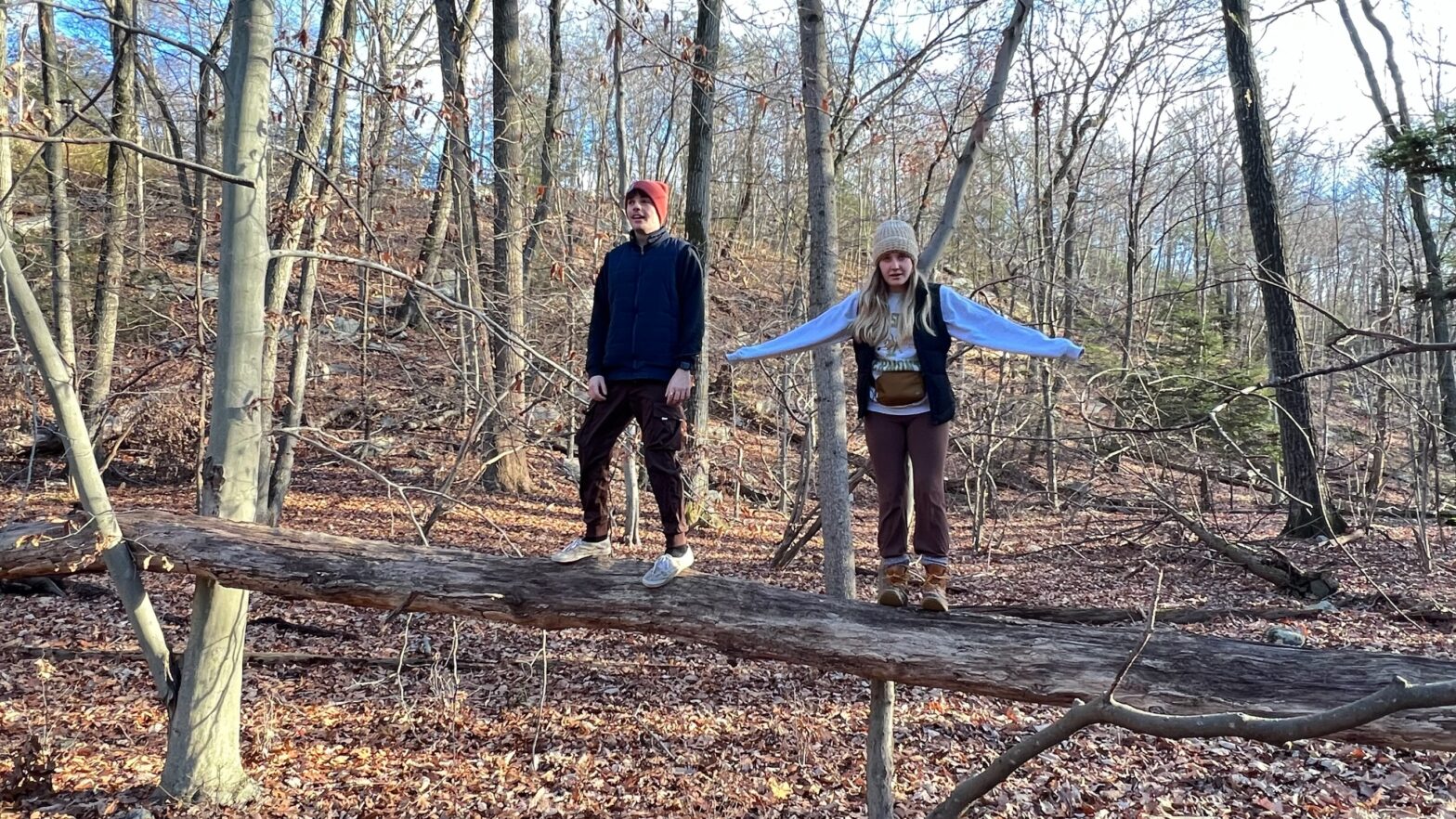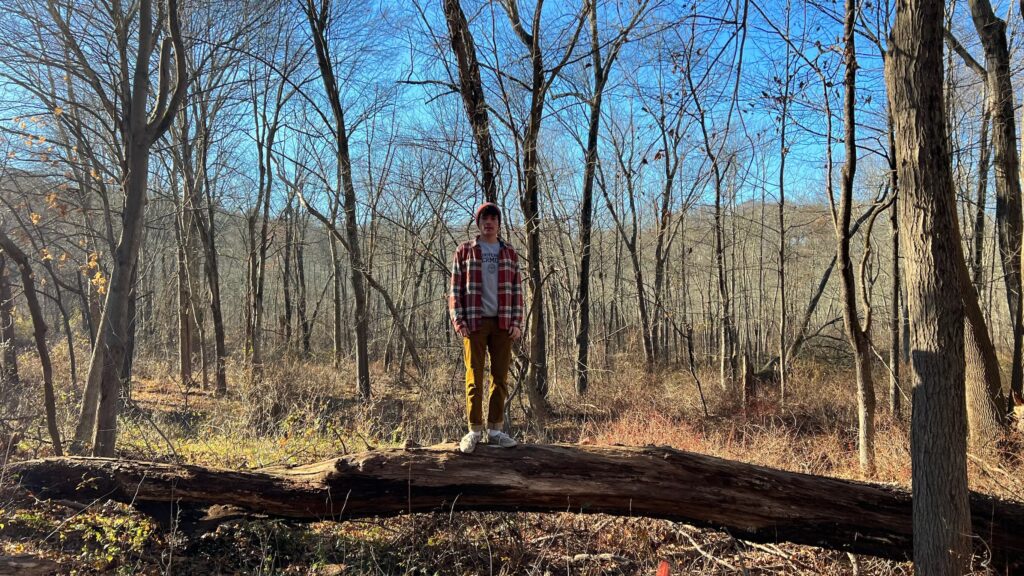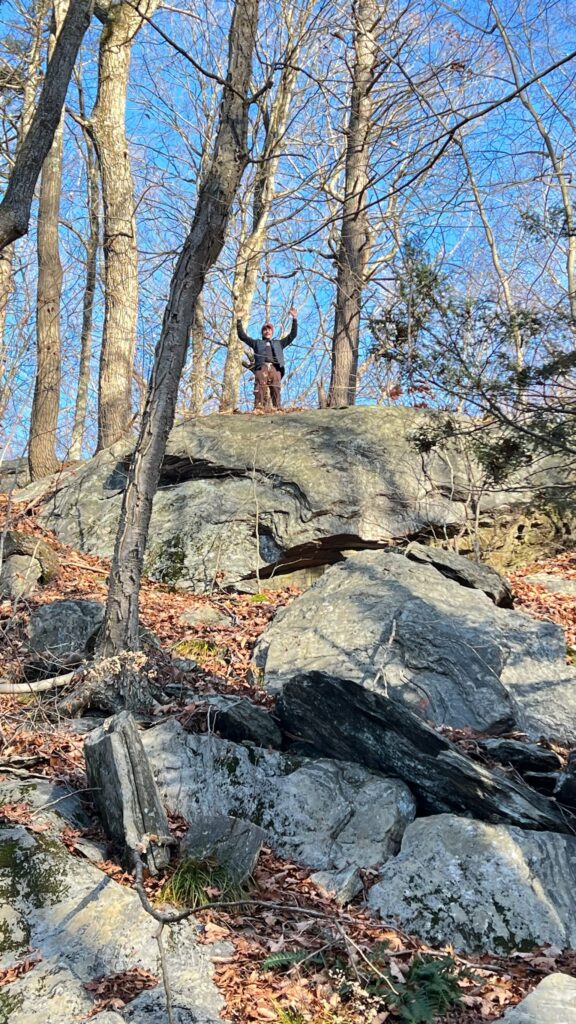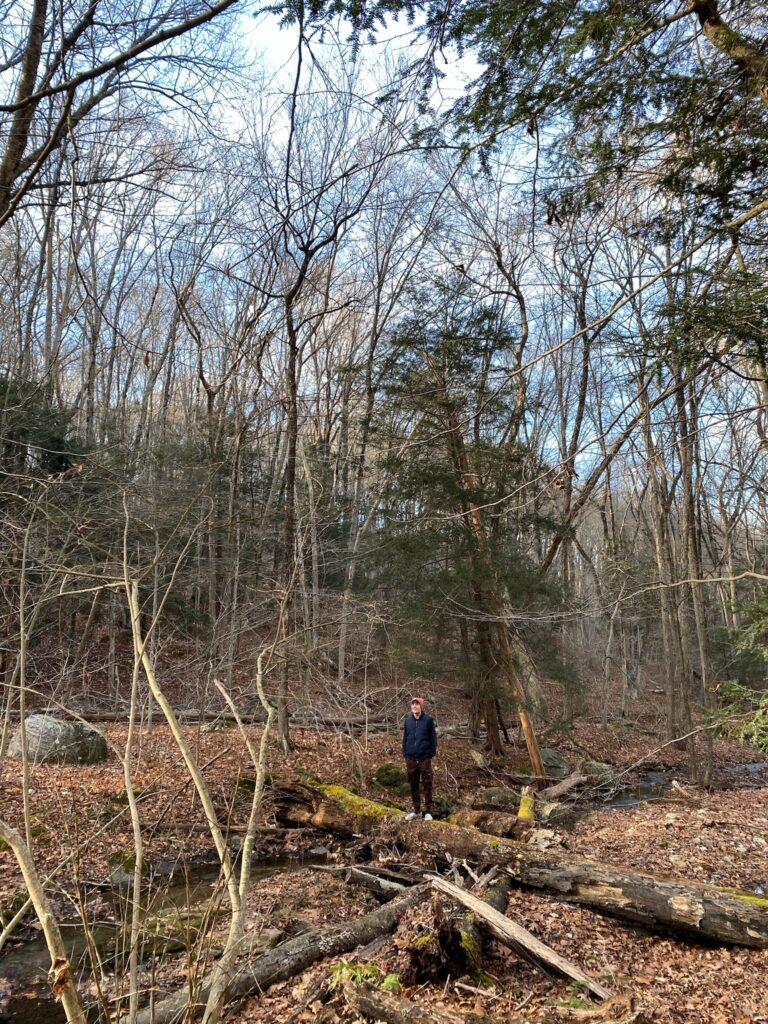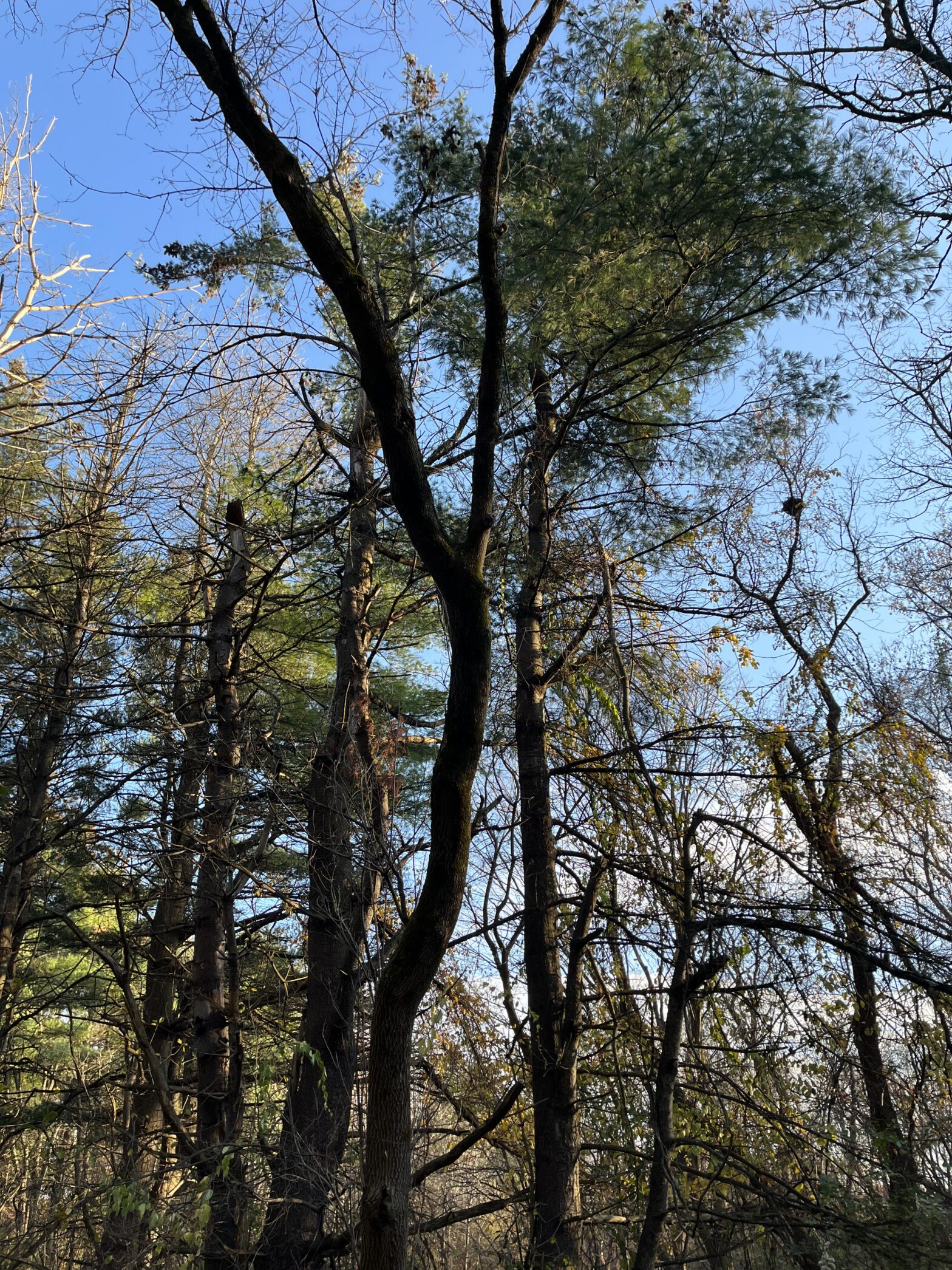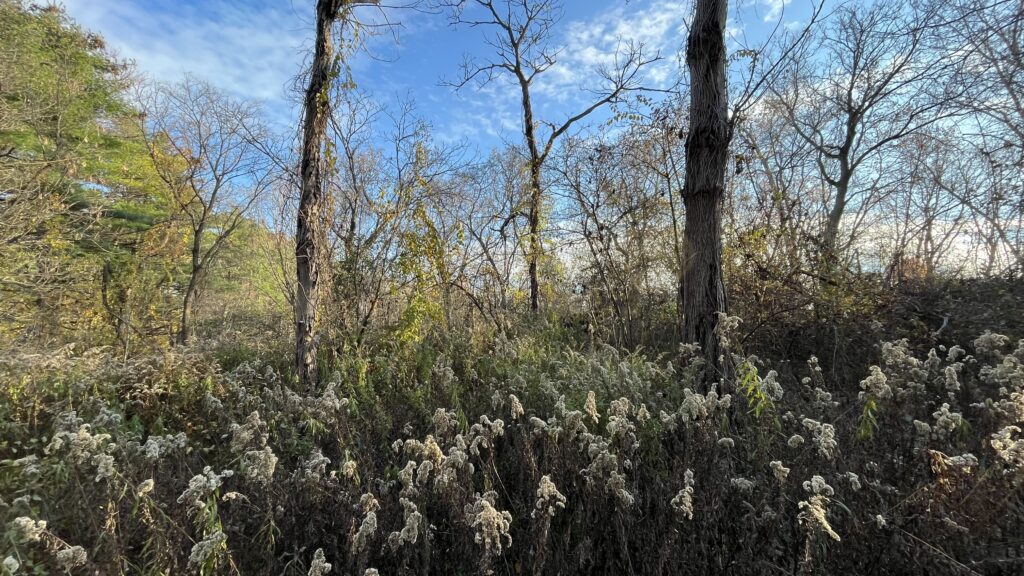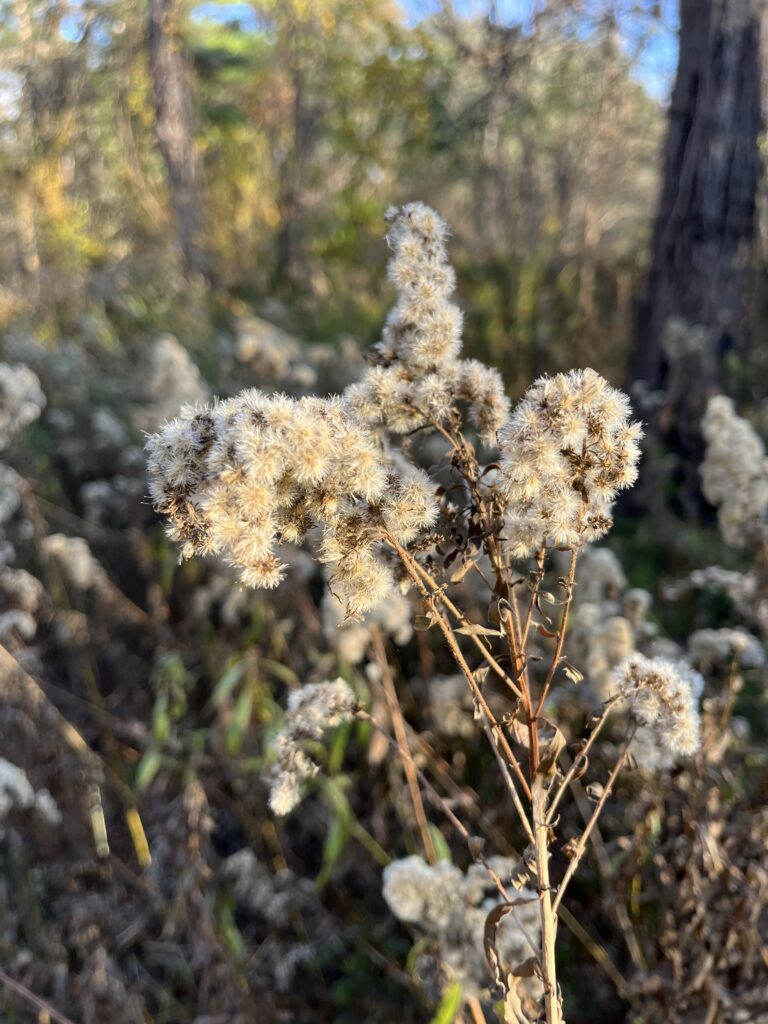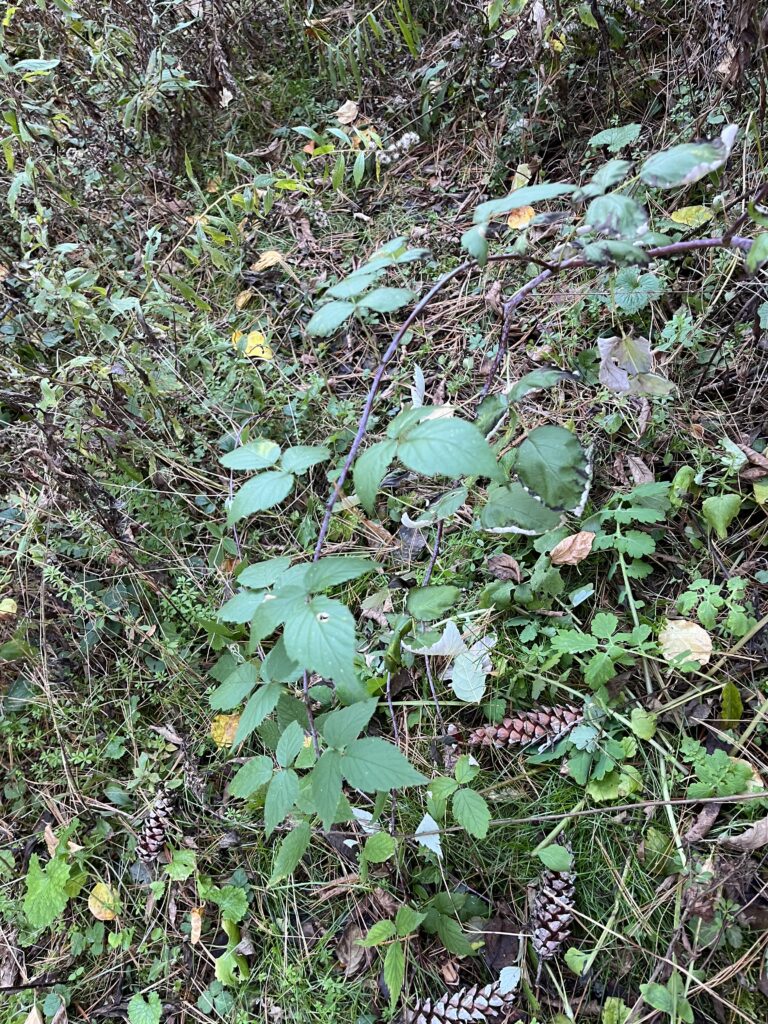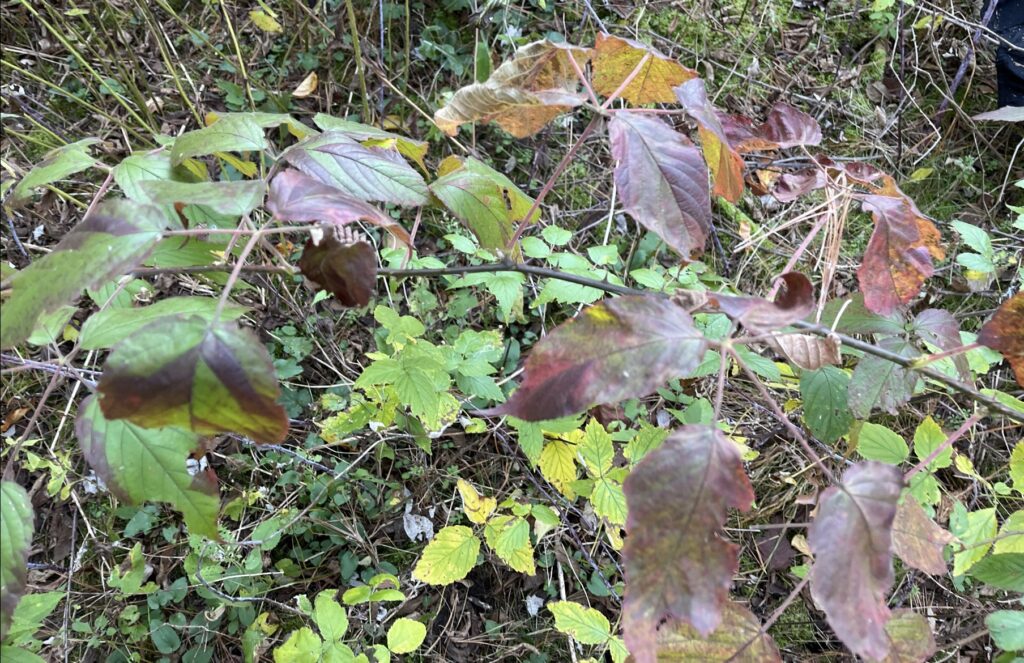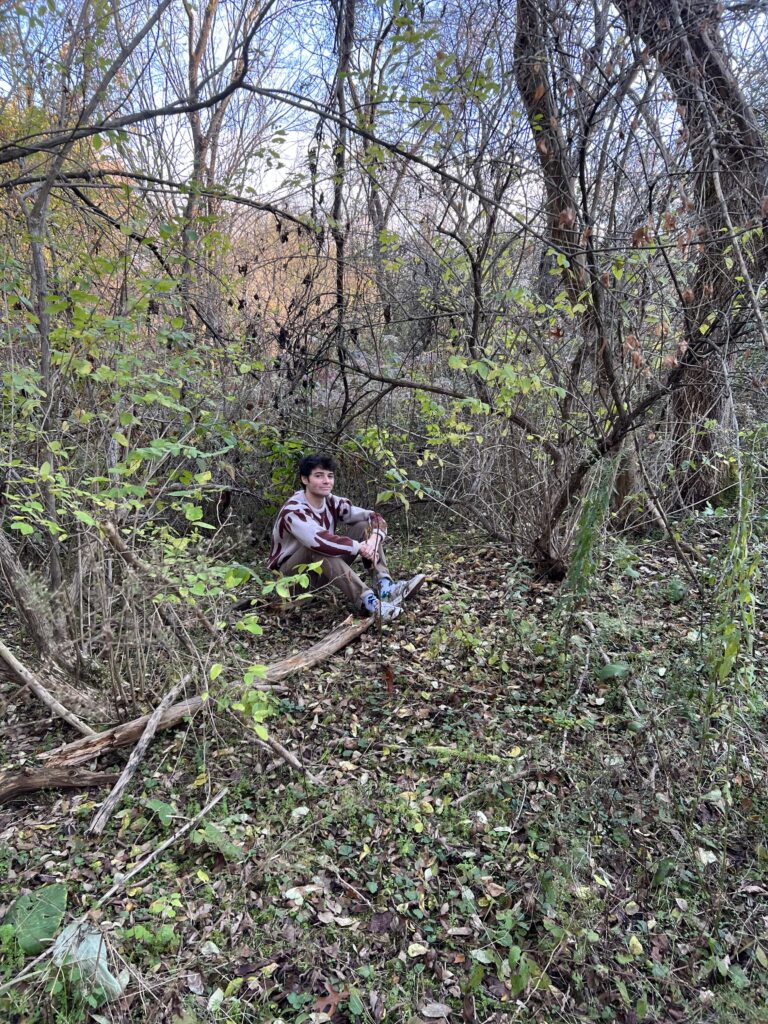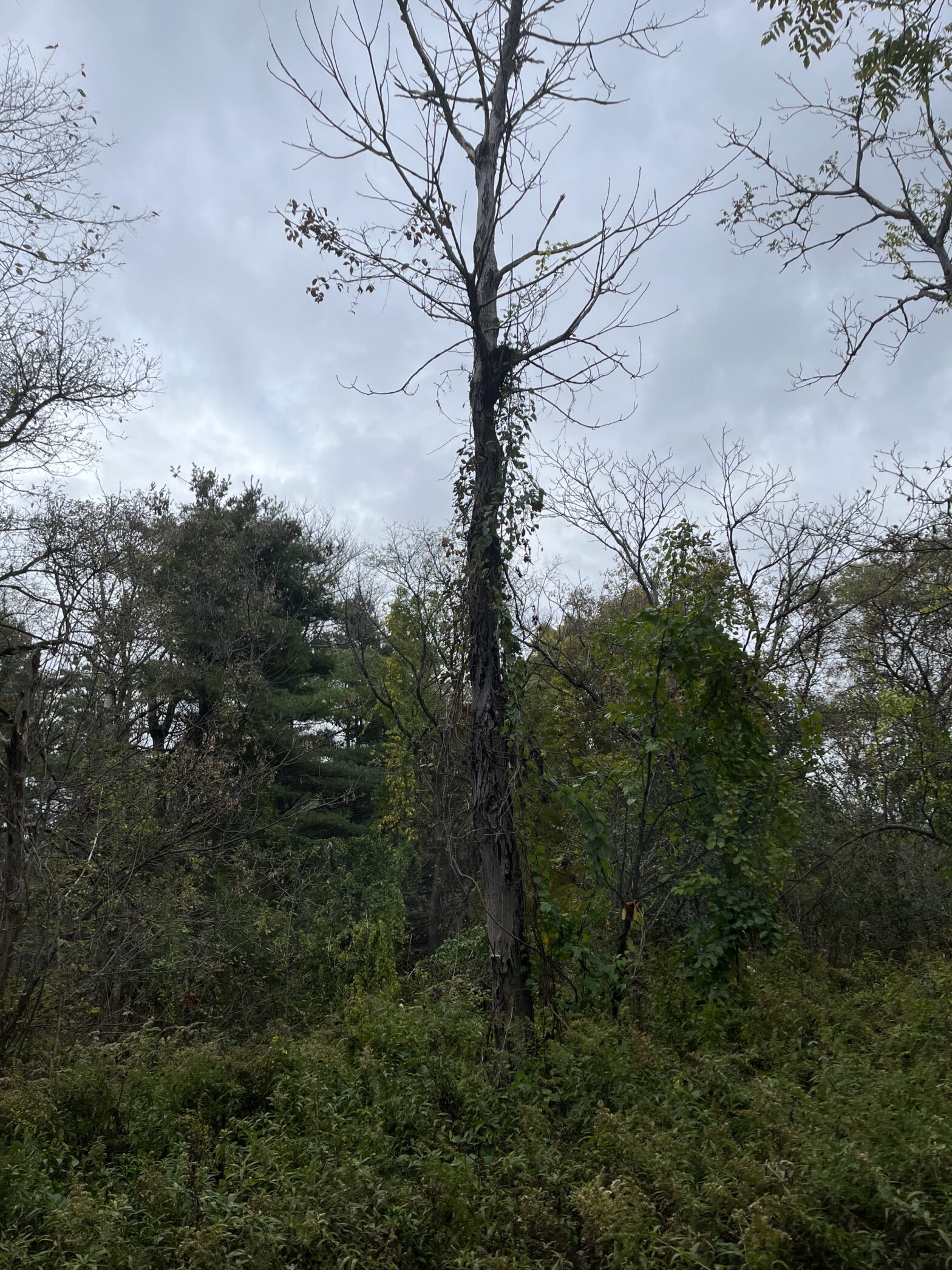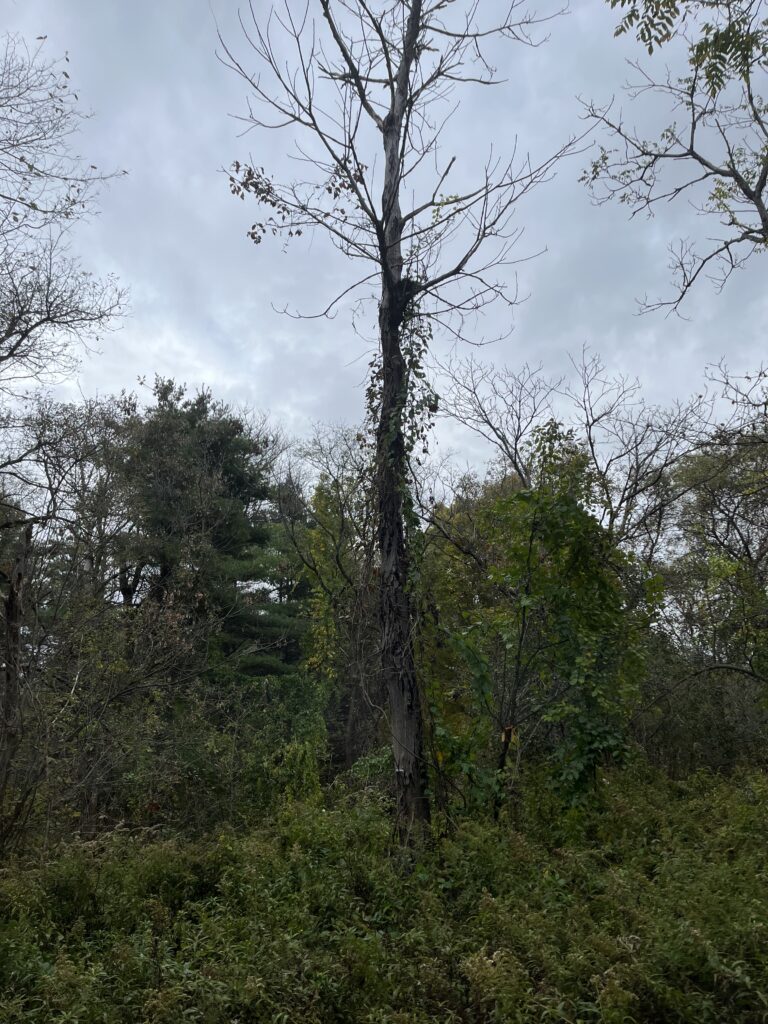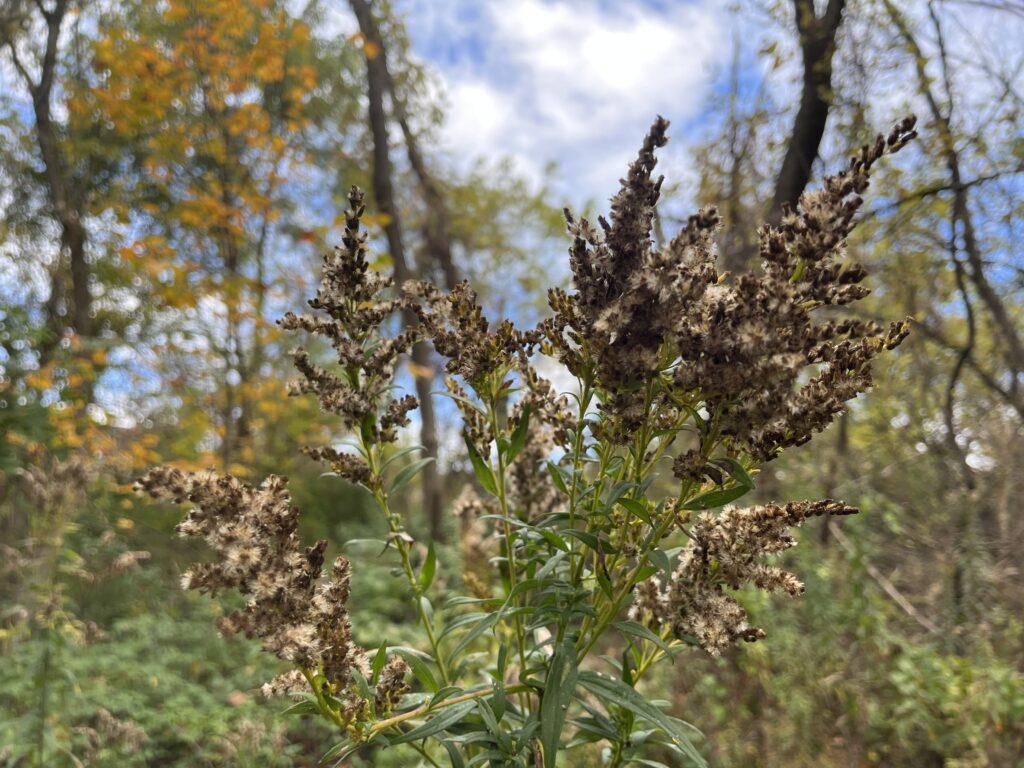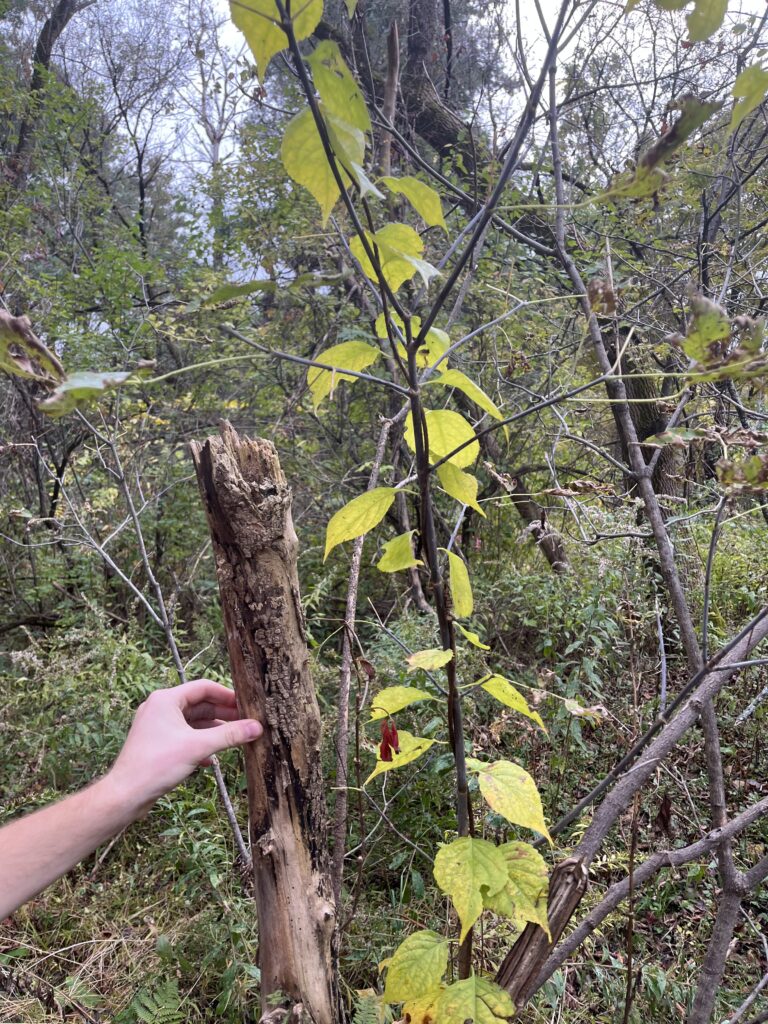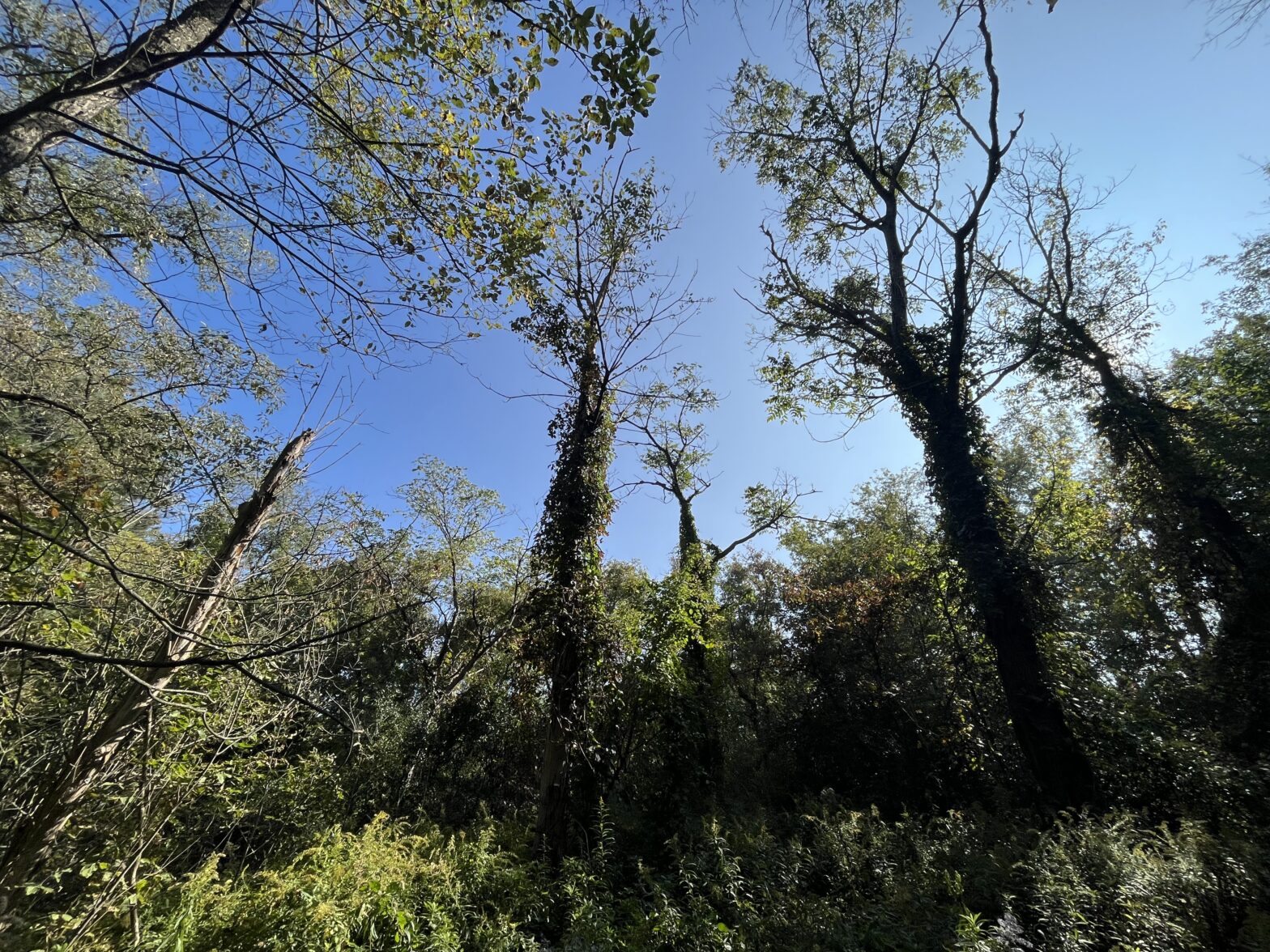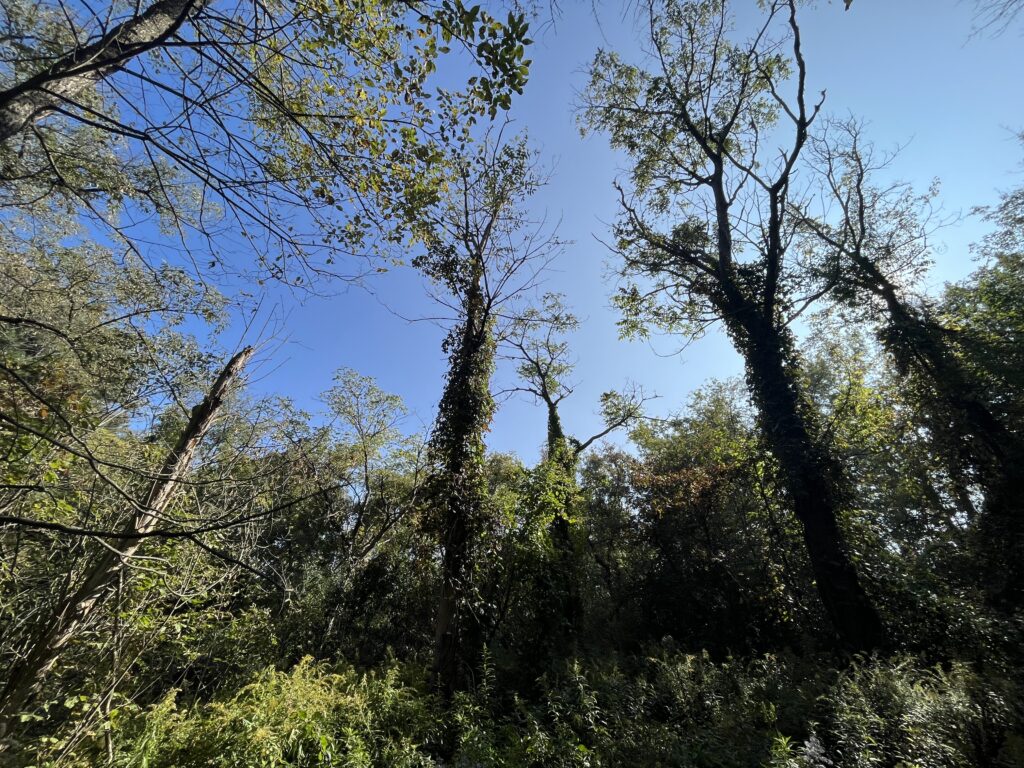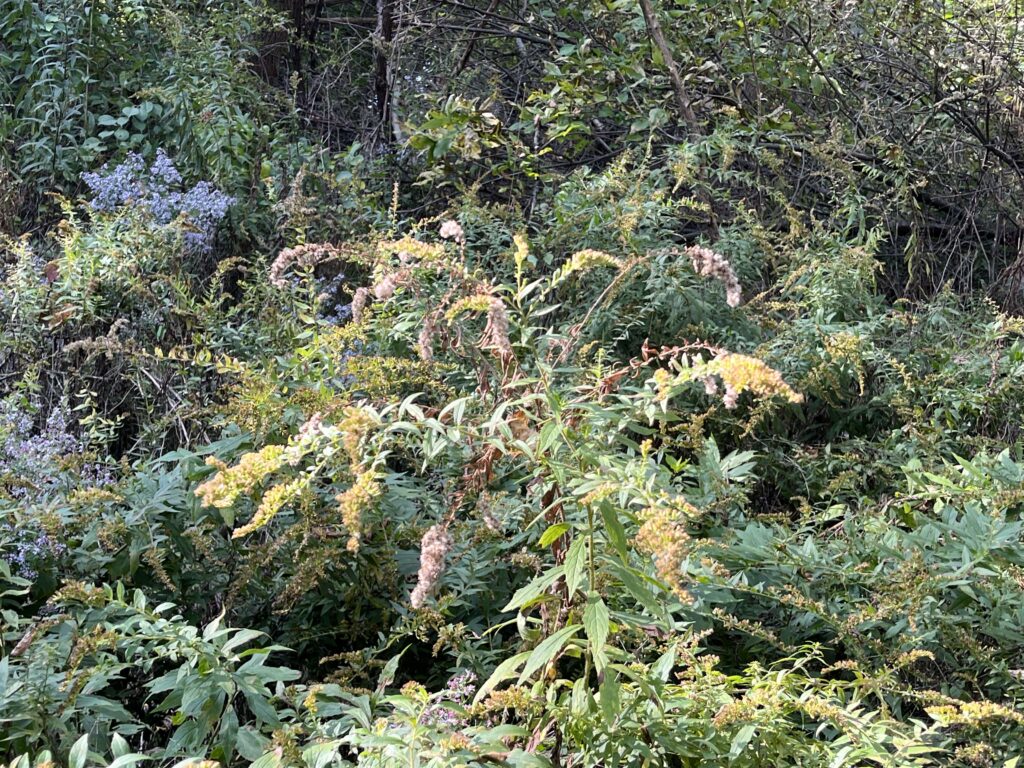Spring has sprung! Well, on paper at least. But the equinox has passed and the calendar is telling us to get ready for some warm and muddy weather. Despite that, it still snowed a foot this weekend.
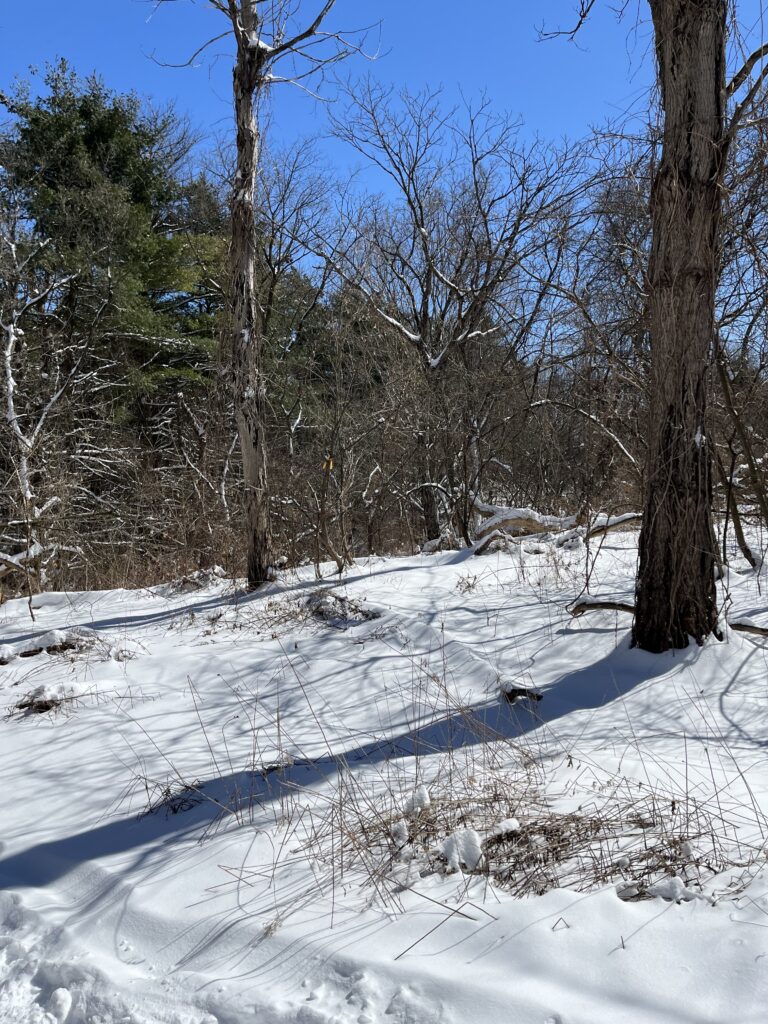
Once all this snow melts, I’m expecting an extreme bloom of life in this exact spot. When I found it in the fall, it was a dense thicket of goldenrods and asters, but I’m curious to see what will fill the area first.
This spot is surrounded by a bunch of butternut trees, so I expected to find some buds, but I think the cold may have prevented them from growing very much since it was warm and then suddenly dropped back below freezing for a while, so the buds are very small. But they still exist, and this is still a sign that spring is about to hit us hard.
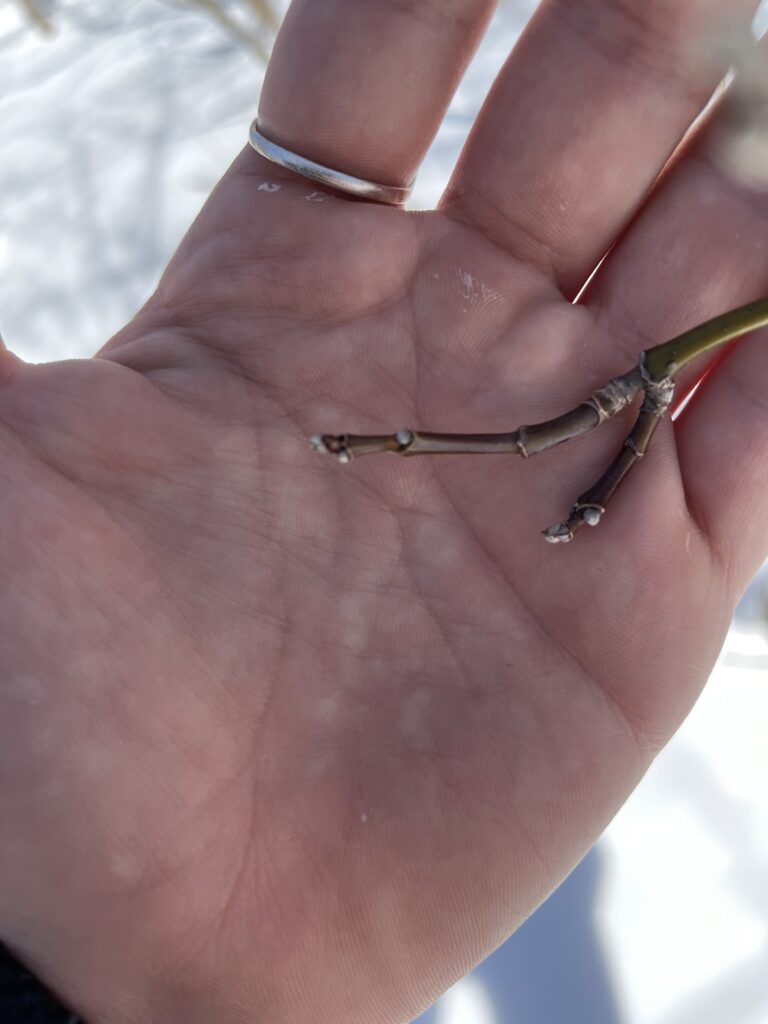
This video was taken a bit further into the actual forest, past the clearing that I’ve been visiting since fall. But this spot does a really good job of capturing how just because it is still snowy and feeling like winter to me, the biological clocks of the many forest animals know that that’s not the case. The trees are bustling with life, squirrels and birds are everywhere, and you can even hear the woodpeckers tapping away at the trunks of trees, searching for the bugs underneath the bark. It sounds like spring, and it’s making me really excited for the coming warm months.
